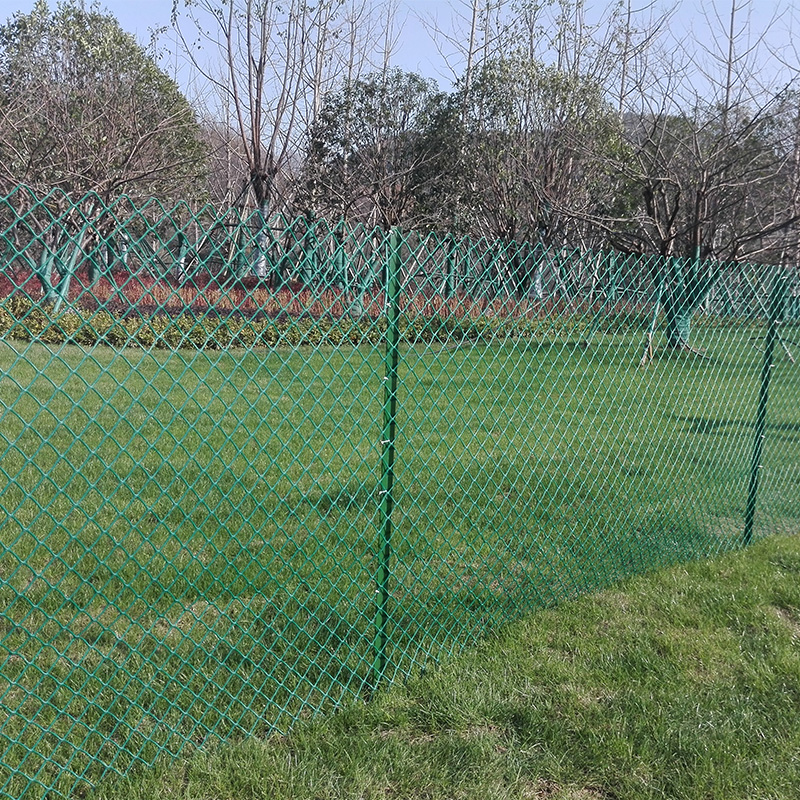As the world grapples with environmental challenges, the need for sustainable materials in various industries has become more pressing than ever. Plastic diamond mesh, a versatile and eco-friendly material, has emerged as a potential solution for addressing sustainability concerns in infrastructure projects. This essay examines the properties, applications, and environmental implications of plastic diamond mesh, and raises the question: Is plastic diamond mesh the future of sustainable infrastructure?
Properties of Plastic Diamond Mesh:
Plastic diamond mesh is made from high-density polyethylene (HDPE), a durable and lightweight plastic. It exhibits excellent tensile strength, corrosion resistance, and flexibility. The mesh structure, characterized by interconnected diamond-shaped apertures, enhances its load-bearing capacity and provides stability. Furthermore, the material's UV resistance ensures longevity, making it suitable for outdoor applications.
Applications of Plastic Diamond Mesh:
Plastic diamond mesh finds applications across a wide range of infrastructure projects. In civil engineering, it is commonly used for erosion control, soil stabilization, and slope protection. The mesh acts as a barrier, preventing soil erosion caused by water flow and safeguarding the integrity of embankments and slopes. It is also employed in road construction for reinforcement and drainage purposes. Additionally, plastic diamond mesh can be utilized in fencing, landscaping, and aquaculture, highlighting its versatility in various sectors.
Environmental Implications:
One of the main advantages of plastic diamond mesh is its positive environmental impact. Being made from recycled HDPE, the material reduces dependence on traditional construction materials like metal or wood, thereby curbing deforestation and mining activities. Moreover, the production process of plastic diamond mesh consumes less energy and generates fewer greenhouse gas emissions compared to conventional materials. This eco-friendly attribute contributes to minimizing carbon footprints and mitigating climate change effects.
Sustainability in Infrastructure:
The adoption of plastic diamond mesh aligns with the growing emphasis on sustainable infrastructure. By providing effective erosion control and stabilization, the material enhances the longevity and resilience of infrastructure projects, reducing the need for frequent maintenance and replacements. Furthermore, its lightweight nature simplifies transportation and installation processes, saving energy and reducing costs. Plastic diamond mesh's recyclability adds another layer of sustainability, allowing for potential material reuse at the end of its lifespan.
Plastic diamond mesh offers a promising solution for creating sustainable infrastructure. Its inherent properties, such as durability, flexibility, and UV resistance, make it suitable for a variety of applications. The material's positive environmental implications, stemming from its recycled content and energy-efficient production, align with the goals of sustainable development. As the world continues to prioritize environmental consciousness, plastic diamond mesh may indeed emerge as the future of sustainable infrastructure, fostering resilience and reducing the ecological impact of construction projects.


Diamond mesh is a tough plastic fence with diamond shape net, the perfect rigidity will easily help the fence to be stood up.
Contributing to its heavy weight, the superior strength and long durability are its outstanding advantage.
So it is an attractive ideal for gardening and farm areas.


 English
English 中文简体
中文简体






